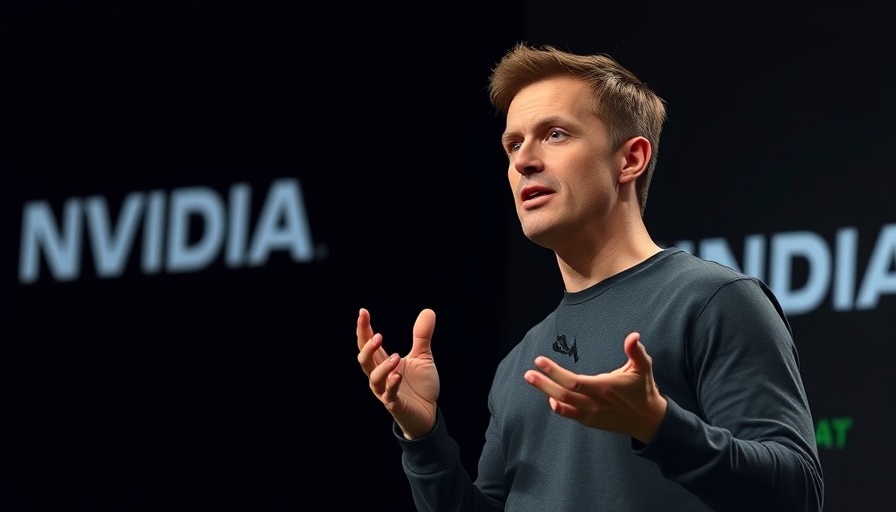
Nvidia: The Titan of AI Investments
Nvidia has emerged as a key player in the AI revolution, transforming not only its business trajectory but also the ecosystem of AI startups. After the explosive growth of generative AI services, spurred by the release of ChatGPT, Nvidia's revenue and stock prices have skyrocketed. In this climate, Nvidia’s venture capital strategies have evolved significantly, with an unprecedented focus on bolstering AI startups.
Momentum and Expansion: An Investment Surge
According to PitchBook data, Nvidia ramped up its investment activities, participating in a remarkable 49 funding rounds for AI companies in 2024—up from 34 in 2023. This uptick not only indicates a shift in Nvidia's capital deployment strategy but also underscores the escalating demand for AI technologies and services.
Interestingly, these figures exclude investments made through its formal corporate venture fund, NVentures, which has also seen a significant increase in activity—engaging in 24 deals in just one year.
The Strategy Behind Startup Investments
Nvidia's corporate investing aims to expand the AI ecosystem by backing promising startups that they perceive as “game changers and market makers.” The rationale behind this aggressive funding strategy is to ensure that Nvidia maintains its competitive edge in the AI market by supporting cutting-edge technology providers that could shape the future landscape of artificial intelligence.
The Billion-Dollar Club: Key Investments
Nvidia has made notable investments in startups that have raised substantial funding rounds. For instance, its investment in OpenAI's colossal $6.6 billion round highlights its commitment to being at the forefront of AI advancements. This participation was particularly notable given the scale of the investment, though it was just a fraction of the total round.
Even as Nvidia secured positions in notable companies like xAI and Inflection, it continues to explore new opportunities such as Wayve, a U.K.-based startup focused on autonomous driving, and Scale AI, supporting data-labeling services critical for training AI models. These investments showcase Nvidia's dedication to not only hardware but also software innovations across multiple sectors.
Navigating Challenges and Future Outlook
Despite its recent successes and strategic placements, Nvidia is not complacent; challenges lie ahead. Competing firms are rapidly developing alternatives to Nvidia's offerings, raising concerns about price undercutting and customer retention. CEO Jensen Huang is acutely aware of the potential for market volatility, as evidenced by Nvidia's recent market dip following pressure from rival AI technologies.
As Nvidia prepares for future endeavors described as the “next frontier of AI,” it's crucial that the company navigates these risks while continuing to innovate.
The Importance of Building a Diverse AI Ecosystem
The investments made by Nvidia highlight a critical trend in the tech industry: the importance of building a robust, diverse AI ecosystem. This approach not only offsets risks associated with tech market fluctuations but also accelerates innovation across various sectors, from healthcare to finance and beyond.
As generative AI technology continues to permeate mainstream applications, startups, and established firms alike must adapt quickly or risk falling behind. Nvidia’s proactive investment strategy underscores the significance of fostering partnerships that drive sustainable growth in this rapidly evolving landscape.
Final Thoughts
In closing, Nvidia's venture capital strategy reinforces its pivotal role in shaping the AI sector. It's a testimony to the company’s belief in the transformative potential of AI and its commitment to fostering innovation within the industry. As the demand for AI solutions grows, Nvidia’s focus on investing in promising startups will likely keep it at the forefront—an essential player in the future of technology.
 Add Row
Add Row  Add
Add 



Write A Comment